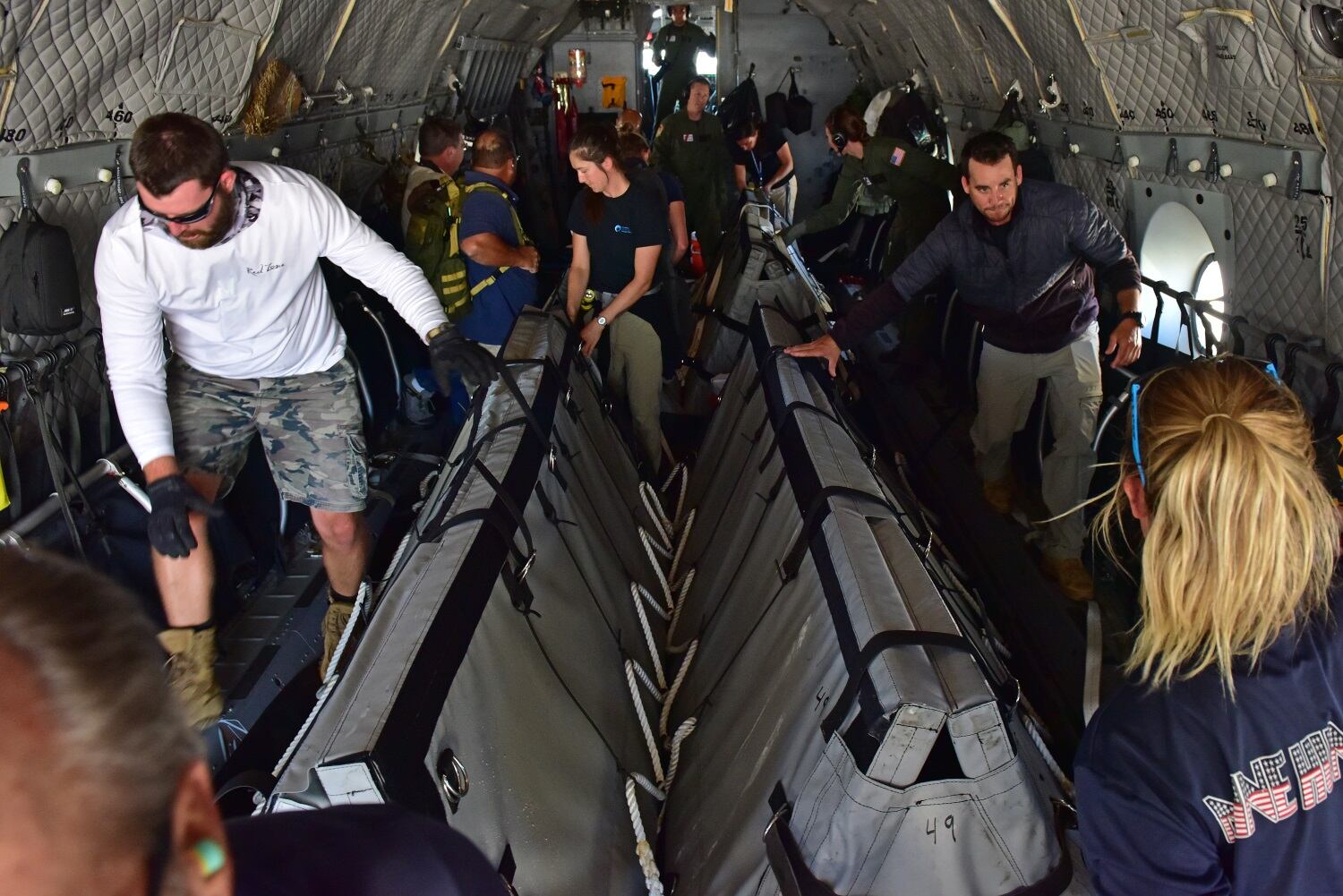MEXICO CITY — U.S. Navy-trained dolphins and their handlers arrived in Mexico Thursday to participate in a last-ditch effort to catch, enclose and protect the last few dozen surviving vaquita porpoises to save them from extinction.
Mexican authorities and an international group of experts say they will set out on Oct. 12 in a fleet of small boats to find the critically endangered and elusive marine mammals with the assistance of the dolphins.
Mexican Environment Secretary Rafael Pacchiano said the U.S. government “has been a great ally in this process, in this unprecedented project.”
Experts acknowledge the catch-and-enclose plan is risky; breeding in captivity has successfully saved species such as the red wolf and California condor, but the vaquita has only been scientifically described since the 1950s and has never been bred or even held in captivity.
“The group of dolphins is trained to help us identify where the vaquitas are, so that once they are located, the group of scientists and veterinarians can capture them and take them to a sanctuary that is almost completely built,” Pacchiano said. The sanctuary is expected to be some kind of floating pen or net enclosure in a protected bay.
“The idea is to keep these vaquitas we capture in a safe, restricted space so that we can look at how to reproduce them and eventually recover the population, and eventually release them,” he said.
Jim Fallin of the U.S. Navy’s Space and Naval Warfare Systems Center Pacific said the dolphins arrived at Mexico’s Gulf of California, also known as the Sea of Cortez.
“Navy Marine Mammal Program participation is being limited to four mature female dolphins selected for their gentle nature and demonstrated behavioral acumen,” Fallin said.

The dolphins of the Navy Marine Mammal Program will use their natural sonar to locate the extremely elusive vaquitas, then surface and advise their handlers, said Fallin. The dolphins have been trained by the Navy for tasks like locating sea mines.
Despite Mexico’s campaign to help the species, which are the world’s smallest and rarest type of porpoises, and live only in the Gulf of California, the number of remaining vaquitas is estimated to have dropped below 30.
Vaquitas are often caught in nets illegally set to catch totoaba fish, whose bladder is prized in China.
Mexico enacted a permanent ban on gillnet fishing in the northern Gulf of California earlier this year.
Alex Olivera, the Mexico representative of the Center for Biological Diversity, saluted the effort but noted the whole Gulf habitat must be protected.
“We support this last-ditch effort to save the vaquita from extinction, but it shouldn’t be used as an excuse to allow fishing to continue in its habitat,” said Olivera.
“This risky option became the only option, but vaquitas have never been captured alive before, so this effort is uncertain,” Olivera said. “It’s a high-stakes operation that’s happening because the Mexican government has shown an inability to protect the animals in the wild.”





